
Georg Wilhelm Friedrich Hegel calls Architecture the “primary art.” Hegel, a founding figure of Western philosophy, claims this because it is the art closest to raw nature. Going far back into B.C. times, the first several thousands of years of building construction were more or less reformations of the natural landscape. This idea of architecture as the “primary art” seems reinforced by Leonardo da Vinci with the Vitruvian Man and by Michelangelo, who after an illustrious career as an artist, chose to dedicate the final years of his career with much focus to master building.
In the 2000’s B.C. we observe several masterpieces take form from the earth including the Tarxien Temples, Stonehenge, and The Great Pyramids of Giza. For hundreds of years, early artists or arkhitektons (Greek meaning chief creators) carved earth into buildings.
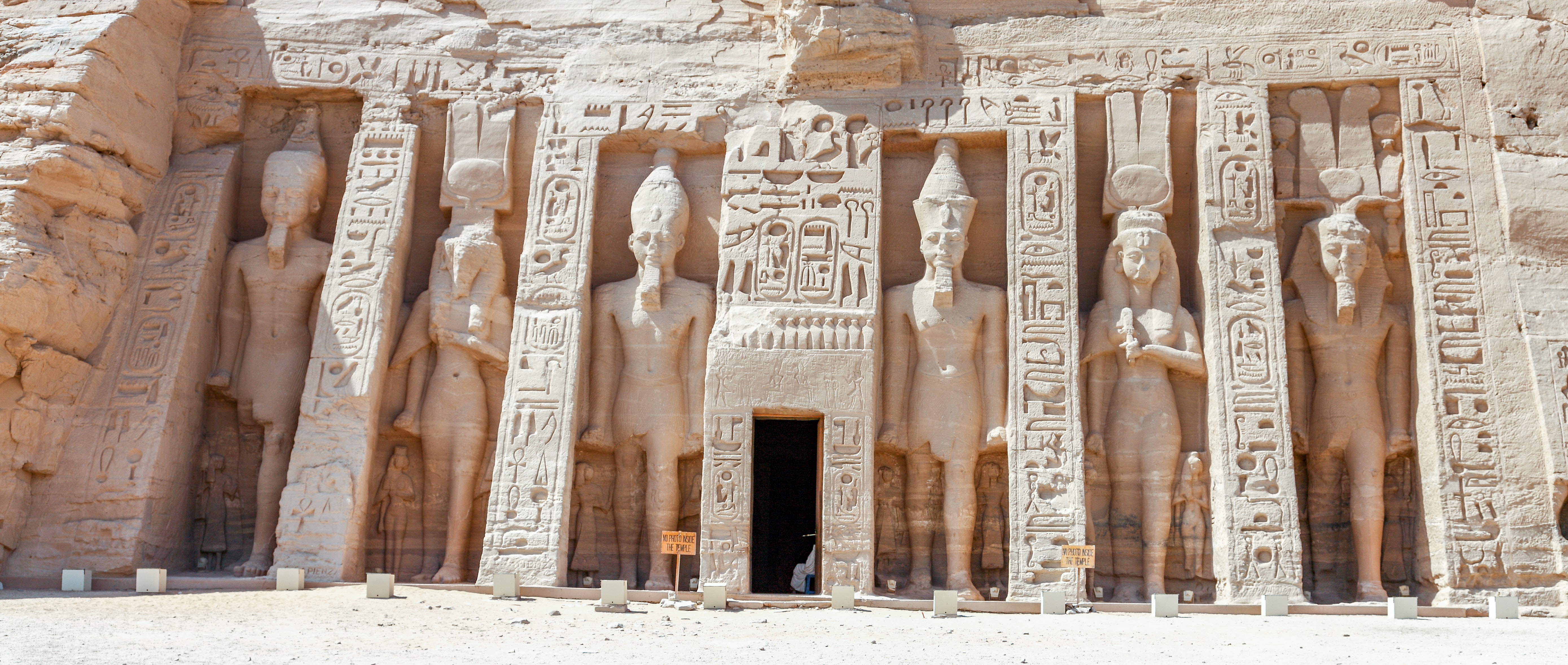
Then in 1600 B.C., we see architecture evolve well beyond earthen sculpting and into a prowess of the building sciences. The Palace of Minos serves as an example. Though not overly impressive in scale, the Palace of Minos pushed the bounds of building comforts. It’s the inauguration of luxury amenities.
Tales from Greek mythology allude to Daedalus, the god of building, as the master builder behind its design and construction. Legend has it that the Palace of Minos is the site that inspired the tale of the Labyrinth, with its complex network of passages and rooms (estimated at over 1,500). Folklore aside, the most impressive design feature is the maze of piping beneath the building. It is in this building that we find the first toilet – made possible by an underfloor plumbing system not all that different than what we still use today.
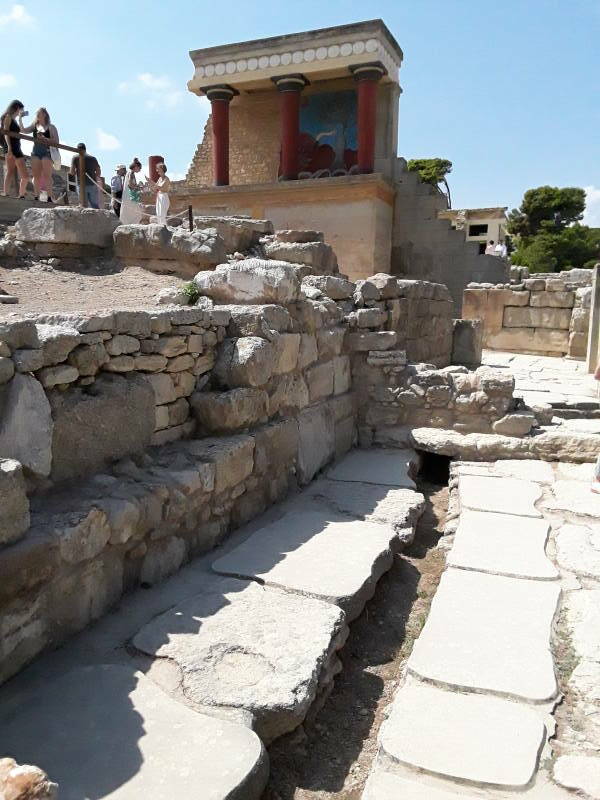
Ancient plumbing fixtures were fed by potable spring water via 6 miles of terracotta piping, and above ground plumbing pathways collected rainwater for flushing toilets with the underfloor piping systems serving as sanitary drainage infrastructure. The amenities didn’t stop at the toilet, sinks and bathtubs though. Underfloor heating systems (hypocausts) controlled room and water temperatures.
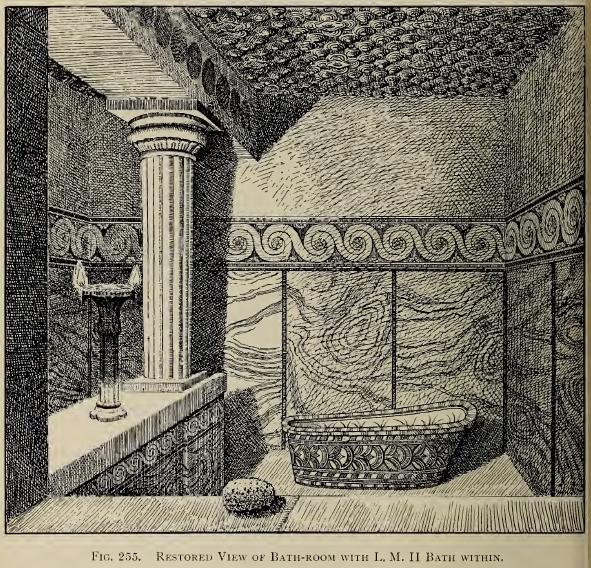
To some degree, you could look at designs from thousands of years ago and think that perhaps we haven’t really improved upon building science all that much. But our reviews are of the finest homes of the time. And so, it is in luxury building where we find the opportunity to push the boundaries of possibility that might decades later catch up to the achievable standard.
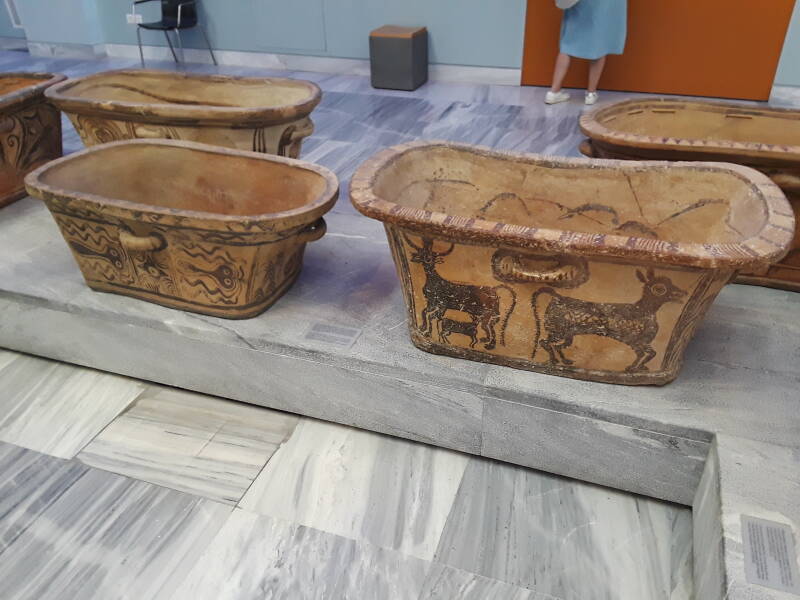
So what is next for the master builder, what is next for luxury building? That is of course a broad subject which we will explore further in subsequent writings, but if we can for now elaborate upon the pinnacle feature invented at the Palace of Minos: plumbing, and most brazenly—the toilet. For over a century now, Kohler and Toto have been forging advancements in plumbing fixtures. In 2011, Kohler released the world’s first smart toilet. Fast forward to 2022, and we are now seeing mass consumer interest in smart toilet accessories to mimic intelligent toilet design. Arguably, the premier intelligent toilet fixture currently on the market is the Neorest NX2 by TOTO, outfitted with automatic toilet seat and flush, bidet, heated seat, self-cleaning (including a nanotechnology glaze), and air deodorizing.
Michelangelo said, “I saw the angel in the marble and carved until I set him free.” And so it has been in this nexus between nature, art and creation where we find the Master Builder. Yet now, powered by a new type of infrastructure: data, we find ourselves teasing the singularity. We’re now able to consider the impact a building has on the global environment and how we can configure autonomous integration of our surroundings to individual preferences. We will carry with us the mastery of building sciences and comforts carved from thousands of years of experience, but we have entered the age of the Smart Builder. The angel has been set free.
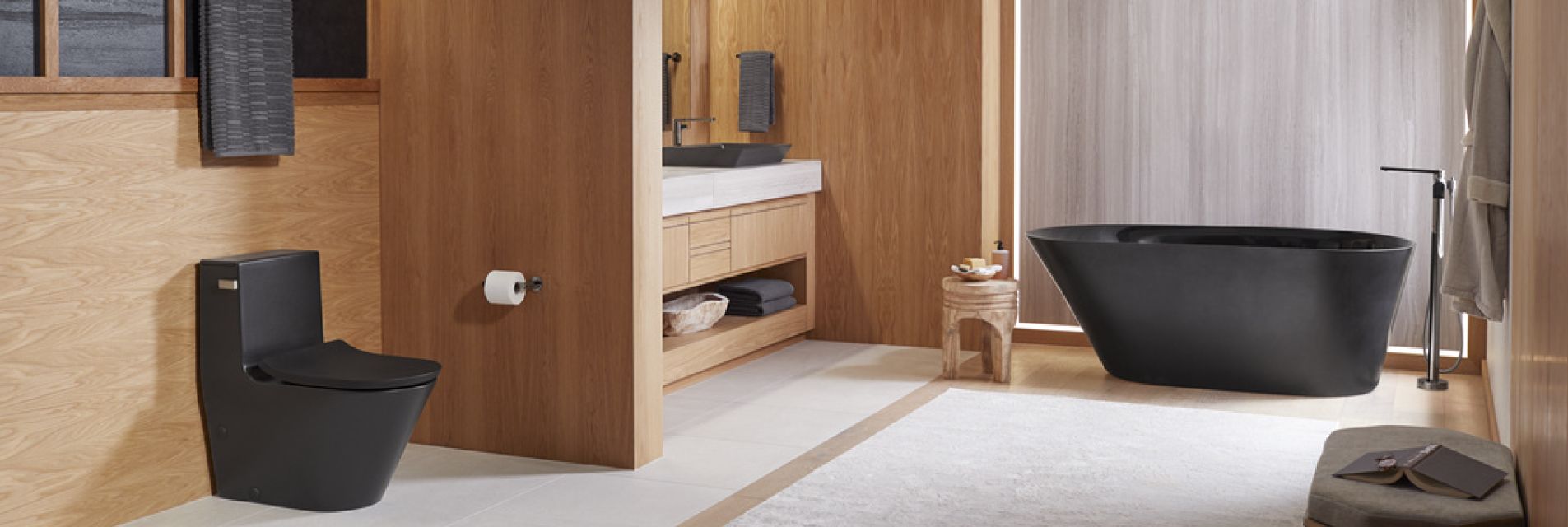
By: Dan Woodward – Morrill Scholar, Smart Builder, & Founder of rmafoundation.io

